This new all-natural sofa is made with cork leftover from the production of wine stoppers
Isomi’s ‘Tejo’ sofa is constructed entirely of natural materials and features a modular, experimental design
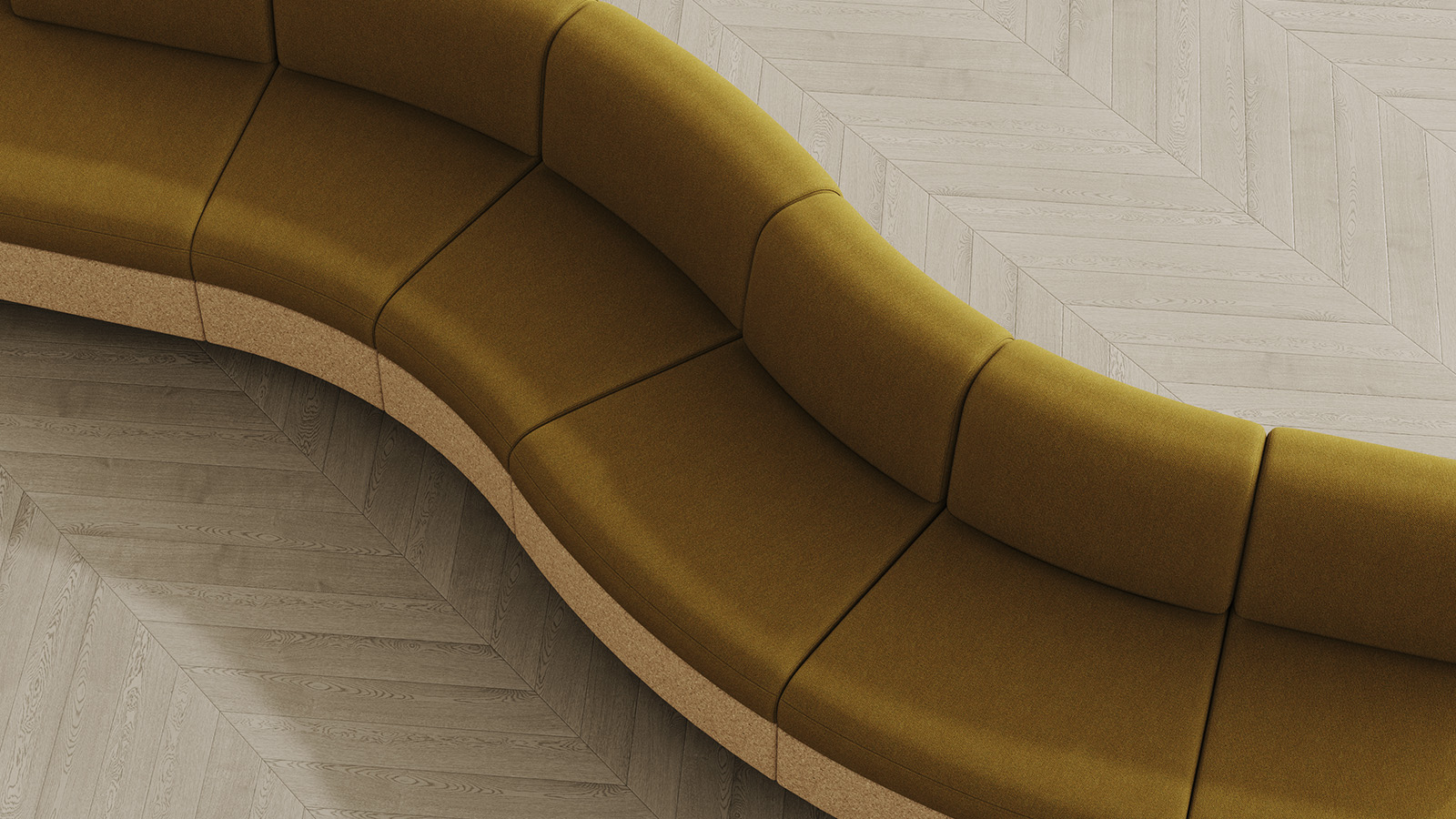
Striving towards sustainability within design, Isomi is not afraid to challenge and experiment with non-traditional materials in its creative process and construction. Since 2011 the British furniture brand has mastered its independent style in crafting contemporary furniture from concrete, wood and hot-rolled steel. Recyclable and renewable, Isomi debuts ‘Tejo’, a new modular sofa system made of cork.
Isomi's 'Tejo' sofa
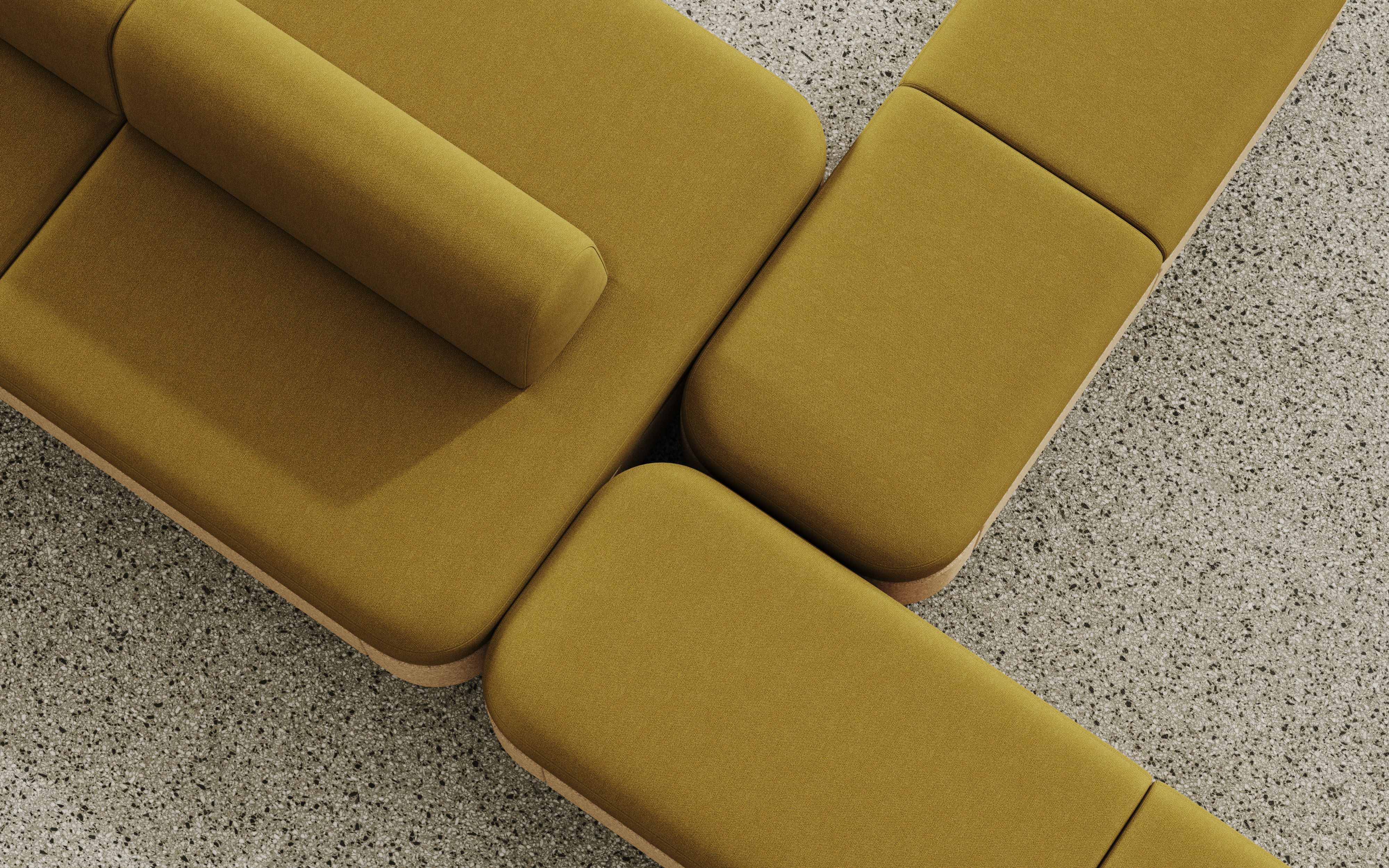
Isomi wanted to make sure they were not adding another conventional sofa to the market, gluing or stapling polyurethane foams and fabrics to plywood or steel frames. Using this as a motivator, the brand chose to construct ‘Tejo’ from cork waste from the production of wine stoppers, which further helps to preserve Portugal’s cork forests in the Alentejo region, and lays a path for a circular economy.
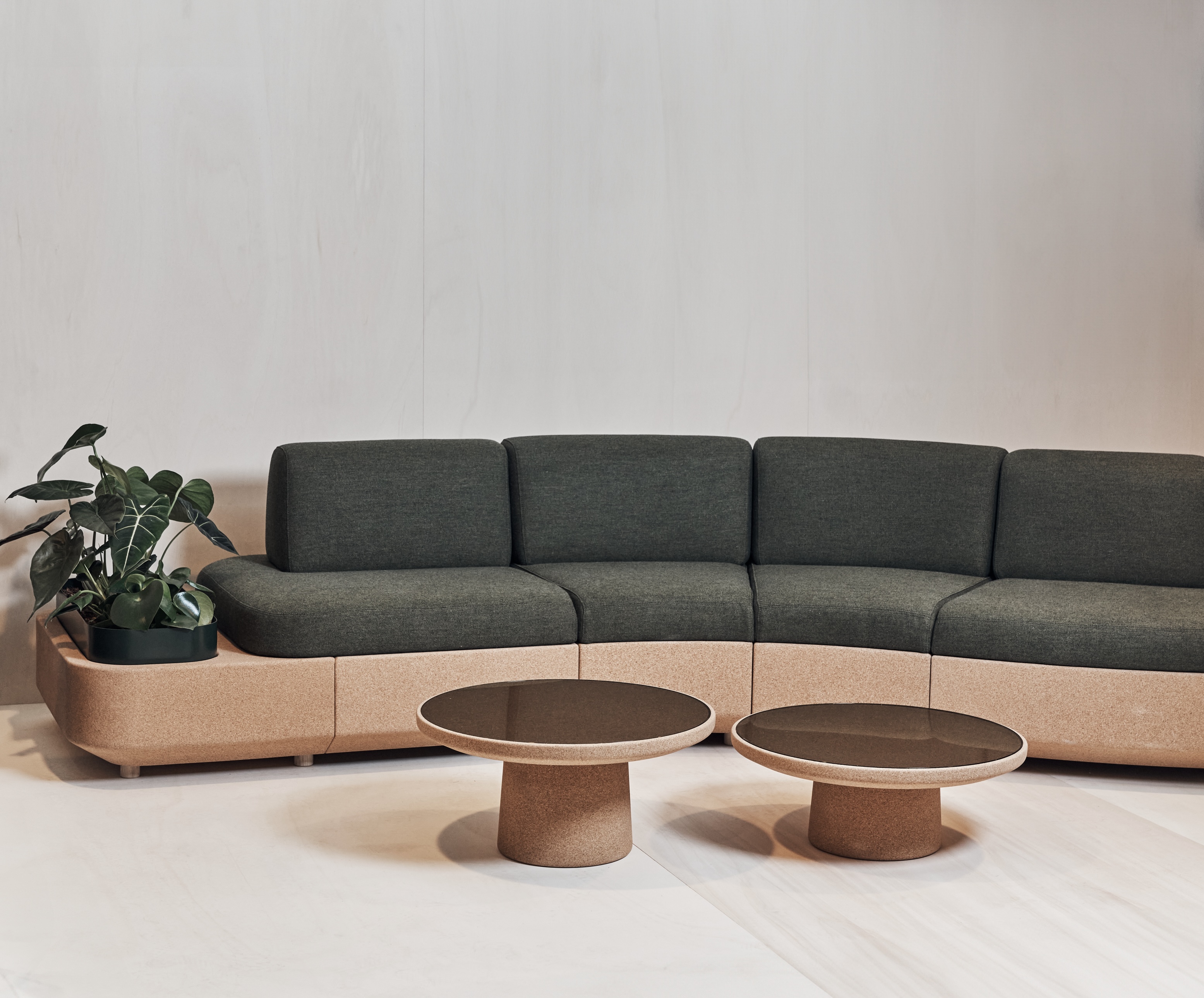
'We were looking for materials that were as natural as possible,' explains Paul Crofts, the design director at Isomi. 'So we replaced the plywood frame with cork, and foam with natural latex. The fabric is natural wool and hemp. Frame, fabric, even the castors: everything about Tejo is based on natural material.’
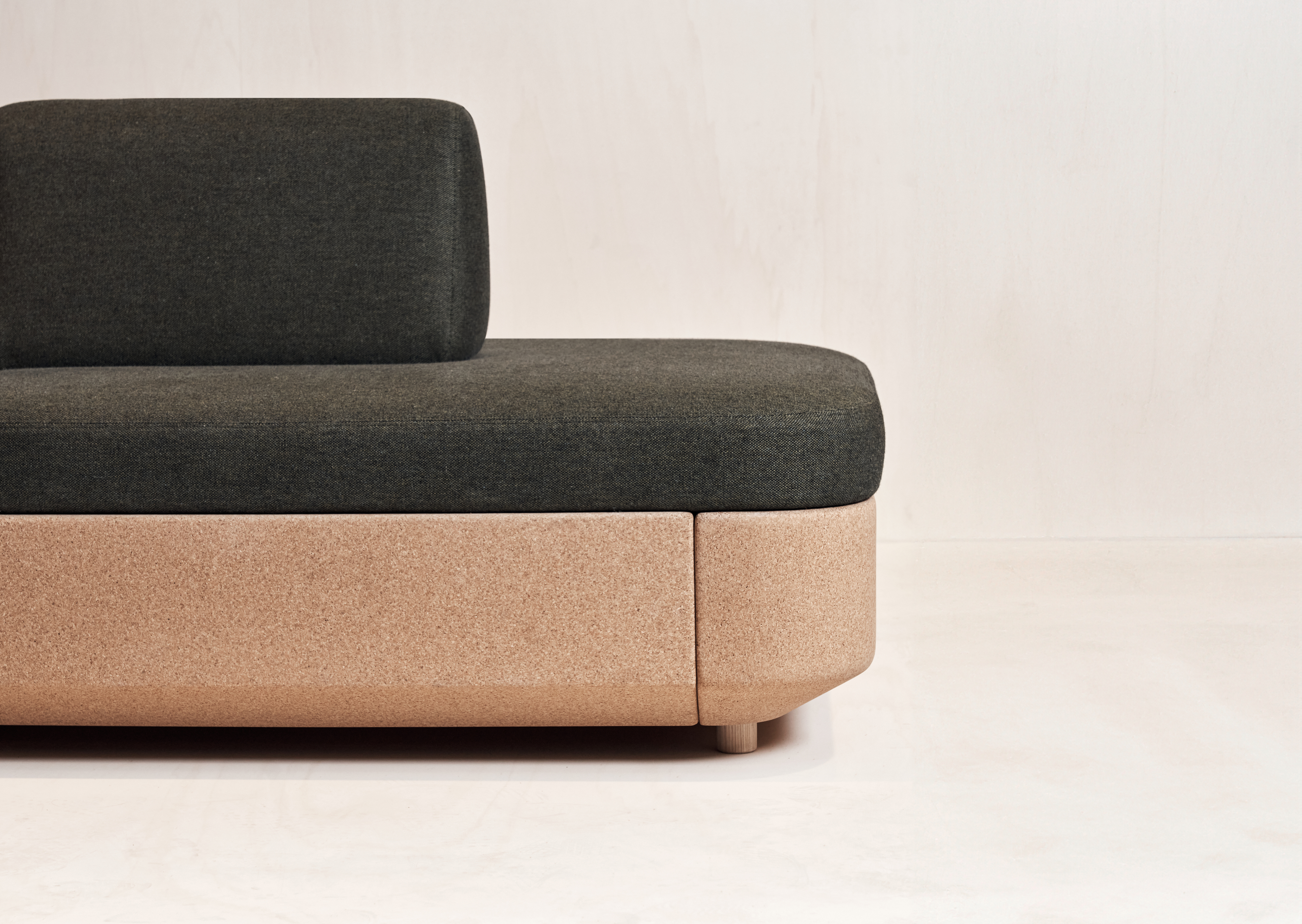
The reconfigurable design comprises three distinct elements including a bench, a single sofa, and a double back-to-back sofa, allowing for users to be creative with the different landscapes the seating offers. Designed to be a piece that is timeless and functional, additional elements can be incorporated into the system - including table units and planters.
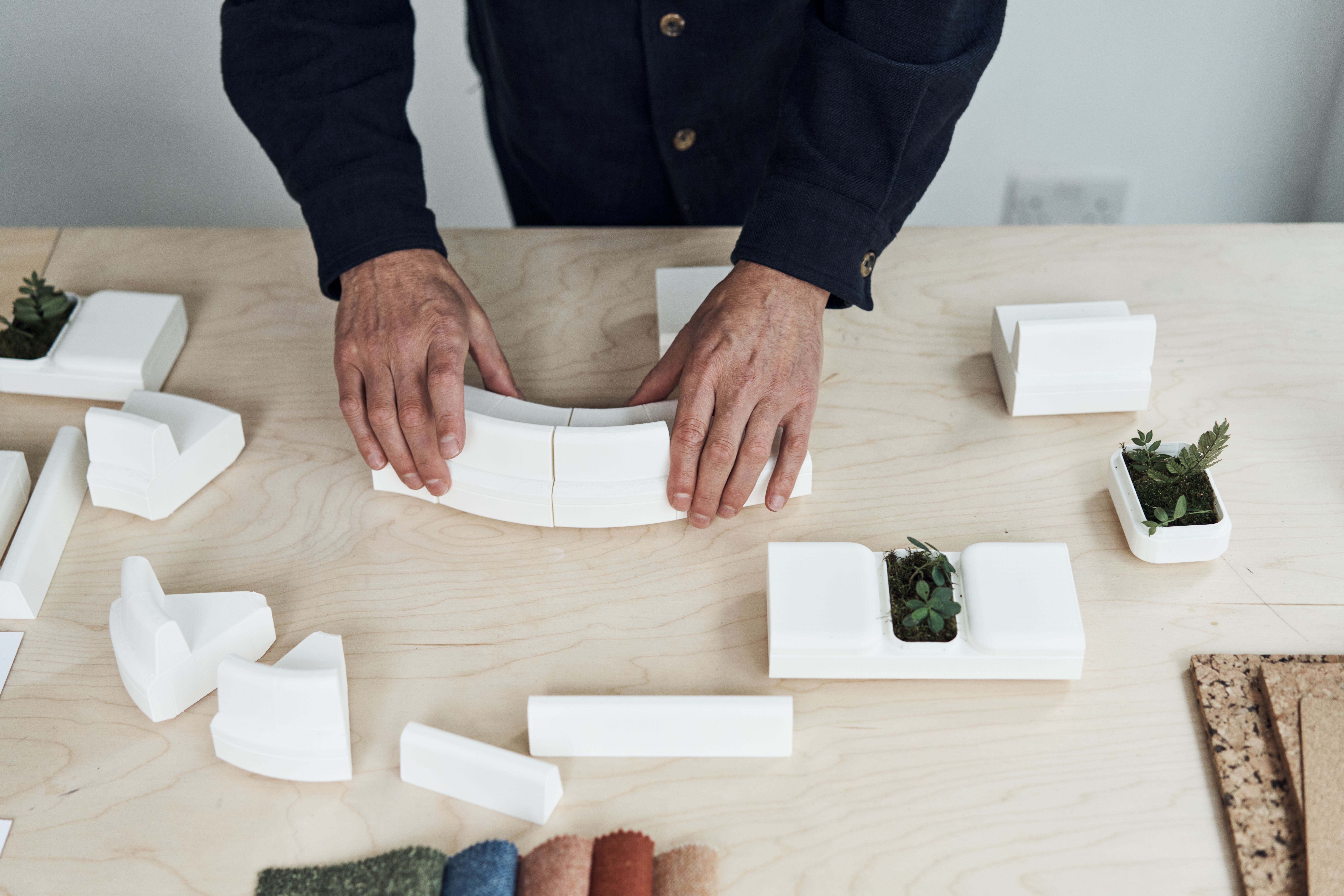
Each cork component is carefully carved leaving minimal surplus materials. Any offcuts are returned to the chipper and made back into cork blocks. To get the soft cushioning inside of the sofa, a natural latex is used, which is then wrapped in wool wadding, followed by a final upholstery in a wool, flax or hemp fabric. This alternative material usage and new furniture typology marks a new approach for the brand, ushering a new wave of future designs.
Wallpaper* Newsletter
Receive our daily digest of inspiration, escapism and design stories from around the world direct to your inbox.
Tianna Williams is Wallpaper*s staff writer. Before joining the team in 2023, she contributed to BBC Wales, SurfGirl Magazine, Parisian Vibe, The Rakish Gent, and Country Life, with work spanning from social media content creation to editorial. When she isn’t writing extensively across varying content pillars ranging from design, and architecture to travel, and art, she also helps put together the daily newsletter. She enjoys speaking to emerging artists, designers, and architects, writing about gorgeously designed houses and restaurants, and day-dreaming about her next travel destination.
-
 Put these emerging artists on your radar
Put these emerging artists on your radarThis crop of six new talents is poised to shake up the art world. Get to know them now
By Tianna Williams
-
 Dining at Pyrá feels like a Mediterranean kiss on both cheeks
Dining at Pyrá feels like a Mediterranean kiss on both cheeksDesigned by House of Dré, this Lonsdale Road addition dishes up an enticing fusion of Greek and Spanish cooking
By Sofia de la Cruz
-
 Creased, crumpled: S/S 2025 menswear is about clothes that have ‘lived a life’
Creased, crumpled: S/S 2025 menswear is about clothes that have ‘lived a life’The S/S 2025 menswear collections see designers embrace the creased and the crumpled, conjuring a mood of laidback languor that ran through the season – captured here by photographer Steve Harnacke and stylist Nicola Neri for Wallpaper*
By Jack Moss
-
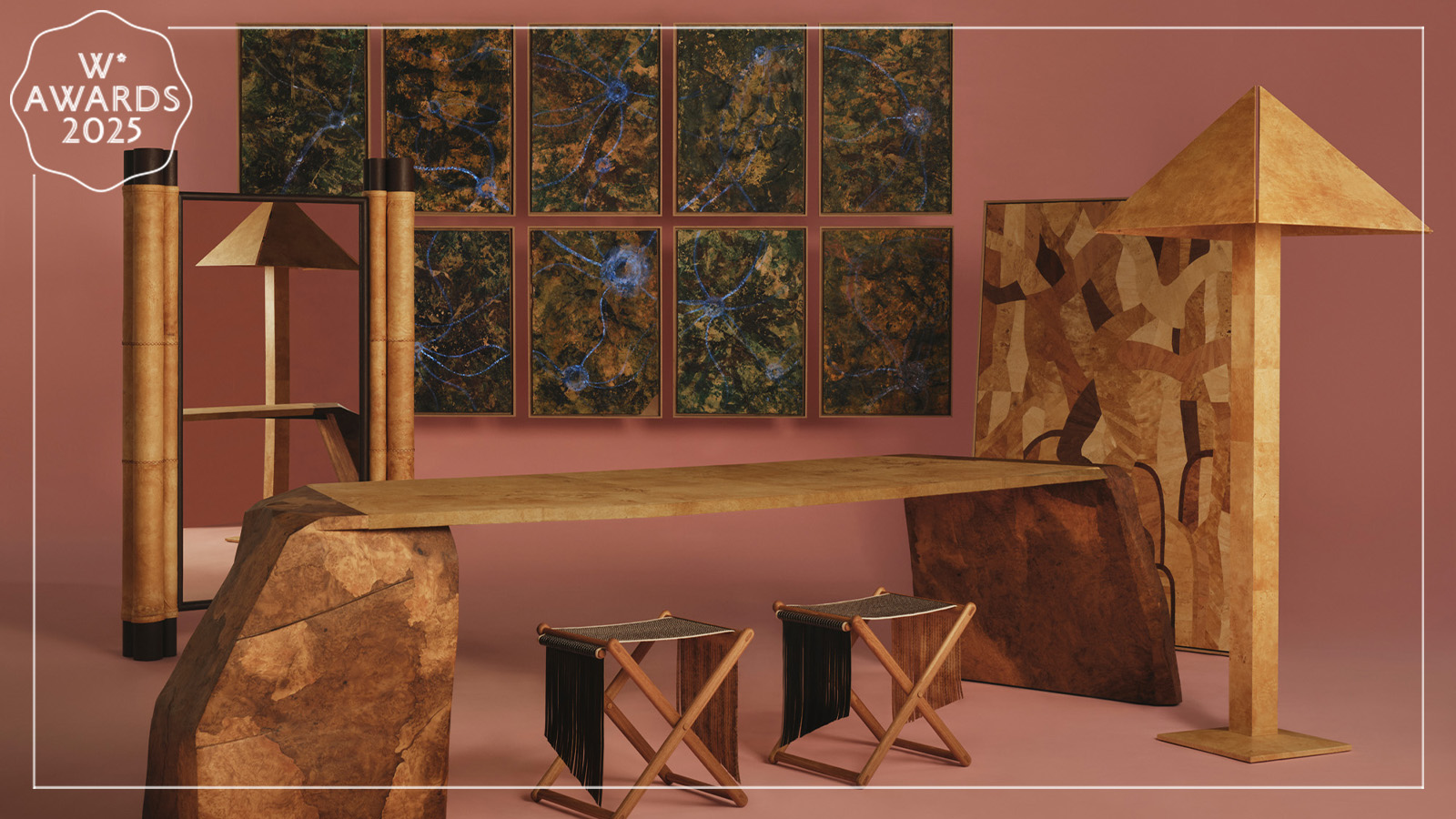 We feel a growing passion for MycoWorks, the company inspiring beauty with fungal-based biomaterial
We feel a growing passion for MycoWorks, the company inspiring beauty with fungal-based biomaterialReishi is a Wallpaper* Design Award winner, a new self-growing, biodegradable material by MycoWorks presented in a series of exquisite expressions of earthy and ethereal furniture, lighting and artworks
By Hugo Macdonald
-
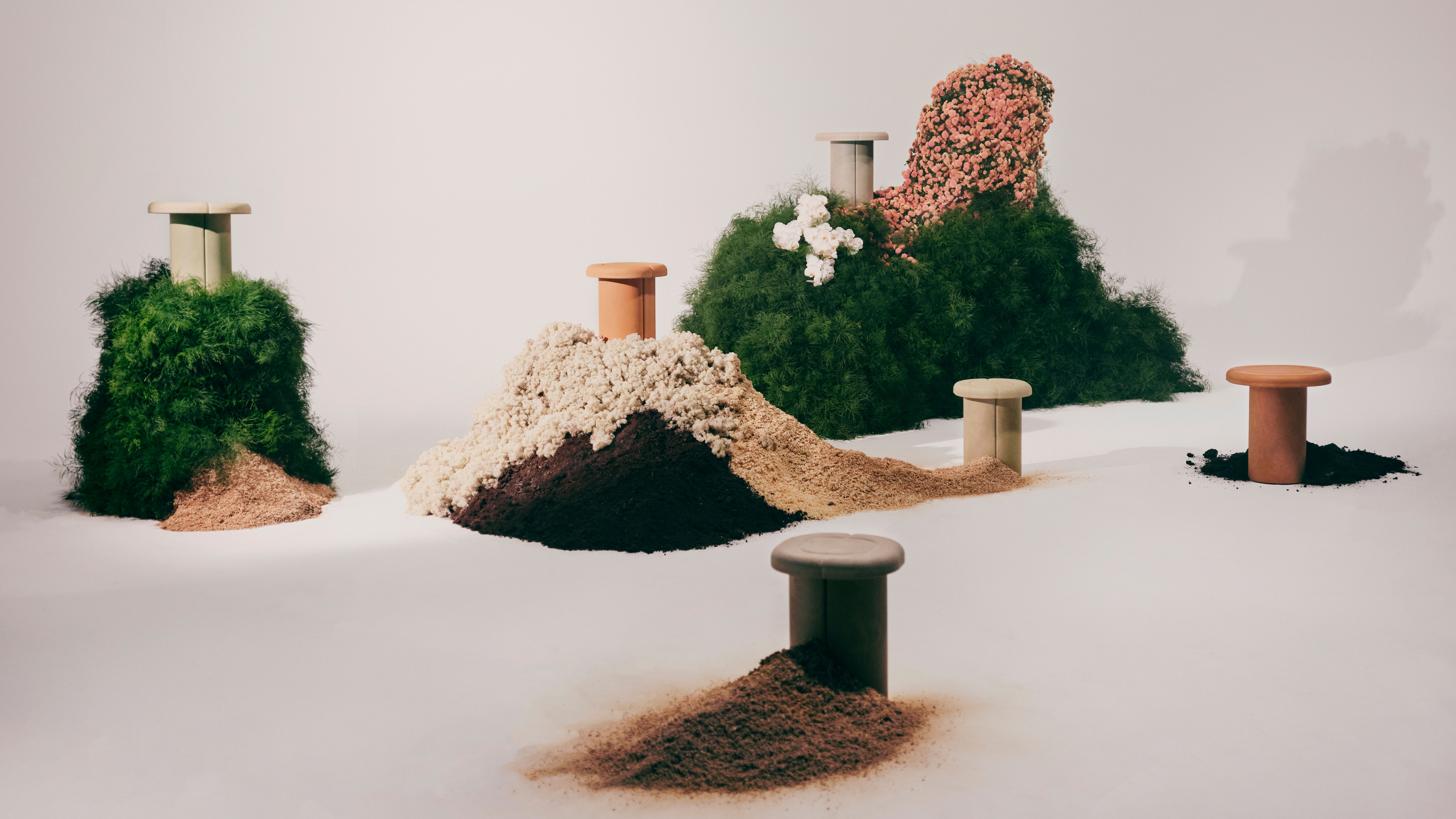 New Mater tables by Patricia Urquiola are made from recycled coffee beans
New Mater tables by Patricia Urquiola are made from recycled coffee beansThe Alder collection of tables by Patricia Urquiola for Mater make their debut at Milan Design Week 2024, and are made of a specially-developed material made from recycled coffee beans
By Rosa Bertoli
-
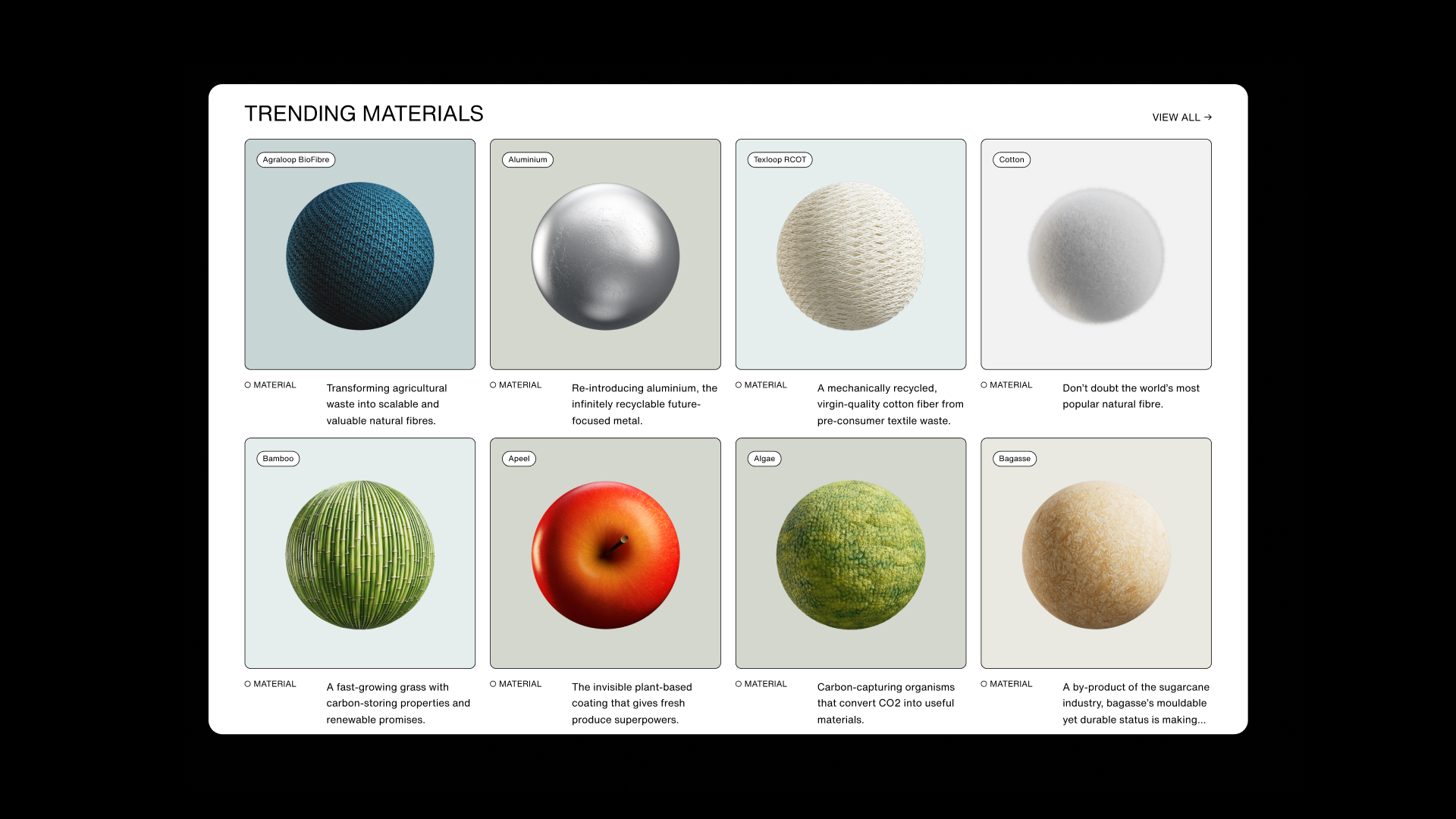 Discover Plastic Free: the new online destination for alternative materials
Discover Plastic Free: the new online destination for alternative materialsPlastic Free is a new portal for creatives looking to explore alternatives to plastic in their work
By Rosa Bertoli
-
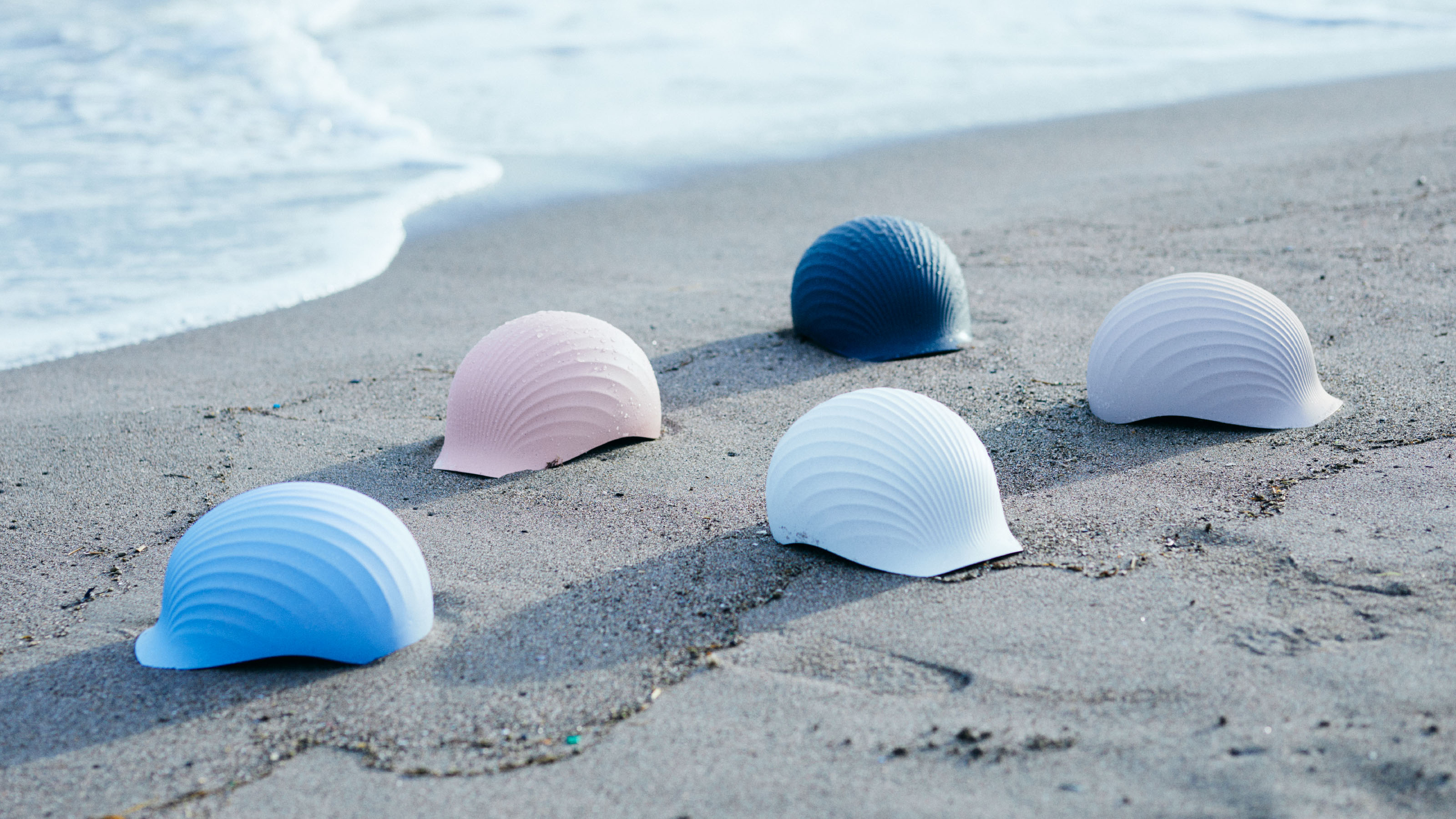 Shellmet: the helmet made from waste scallop shells
Shellmet: the helmet made from waste scallop shellsShellmet is a new helmet design by TBWA\Hakuhodo’s creative team and Osaka-based Koushi Chemical Industry Co, made using Hokkaido’s discarded scallop shells
By Jens H Jensen
-
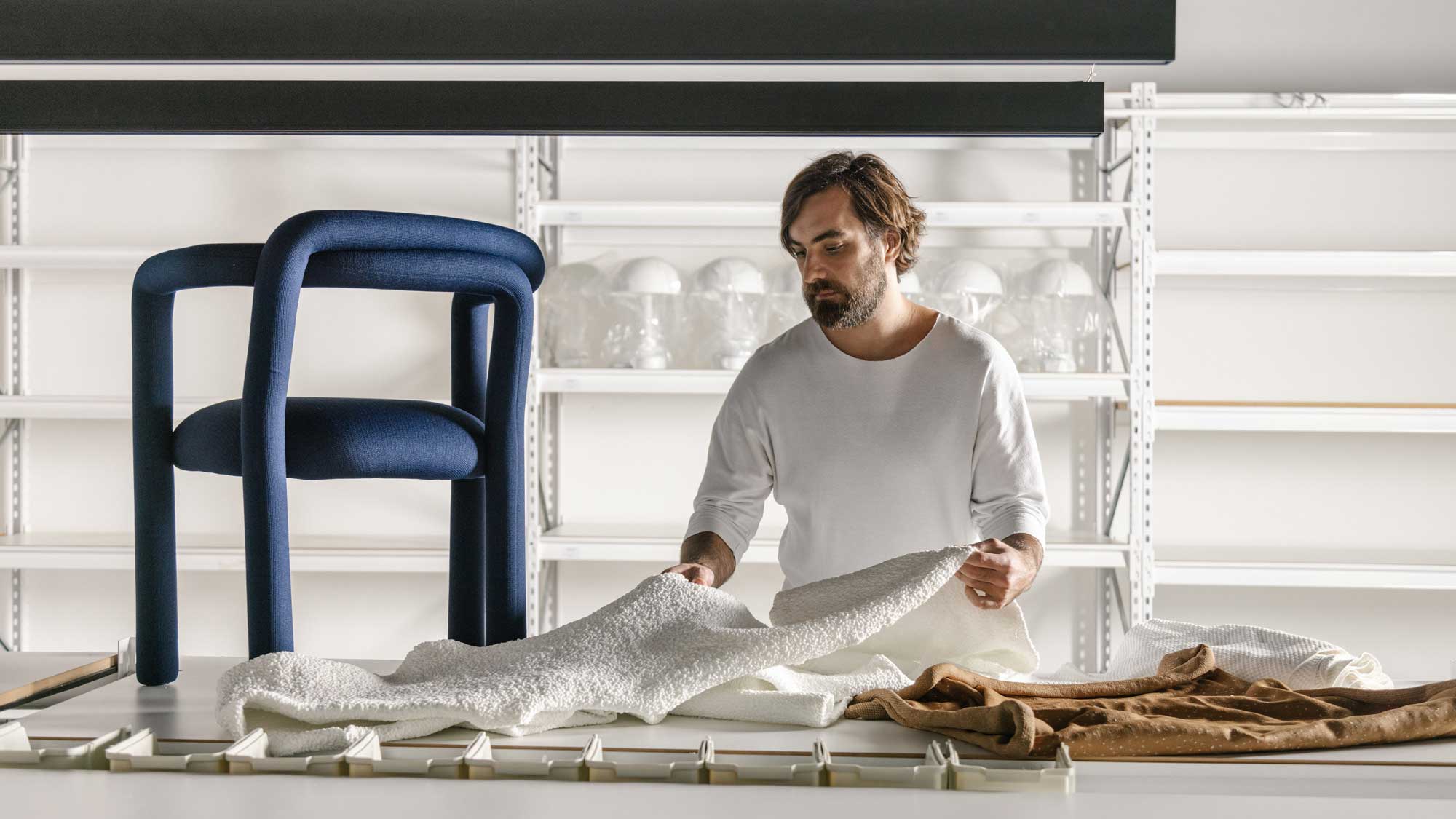 Wentz presents innovative furniture incorporating ocean plastic waste
Wentz presents innovative furniture incorporating ocean plastic wasteThe ‘Mar’ collection by Guilherme Wentz is informed by the sea and features computerised 3D-weaving techniques to transform ocean-borne plastic
By Scott Mitchem
-
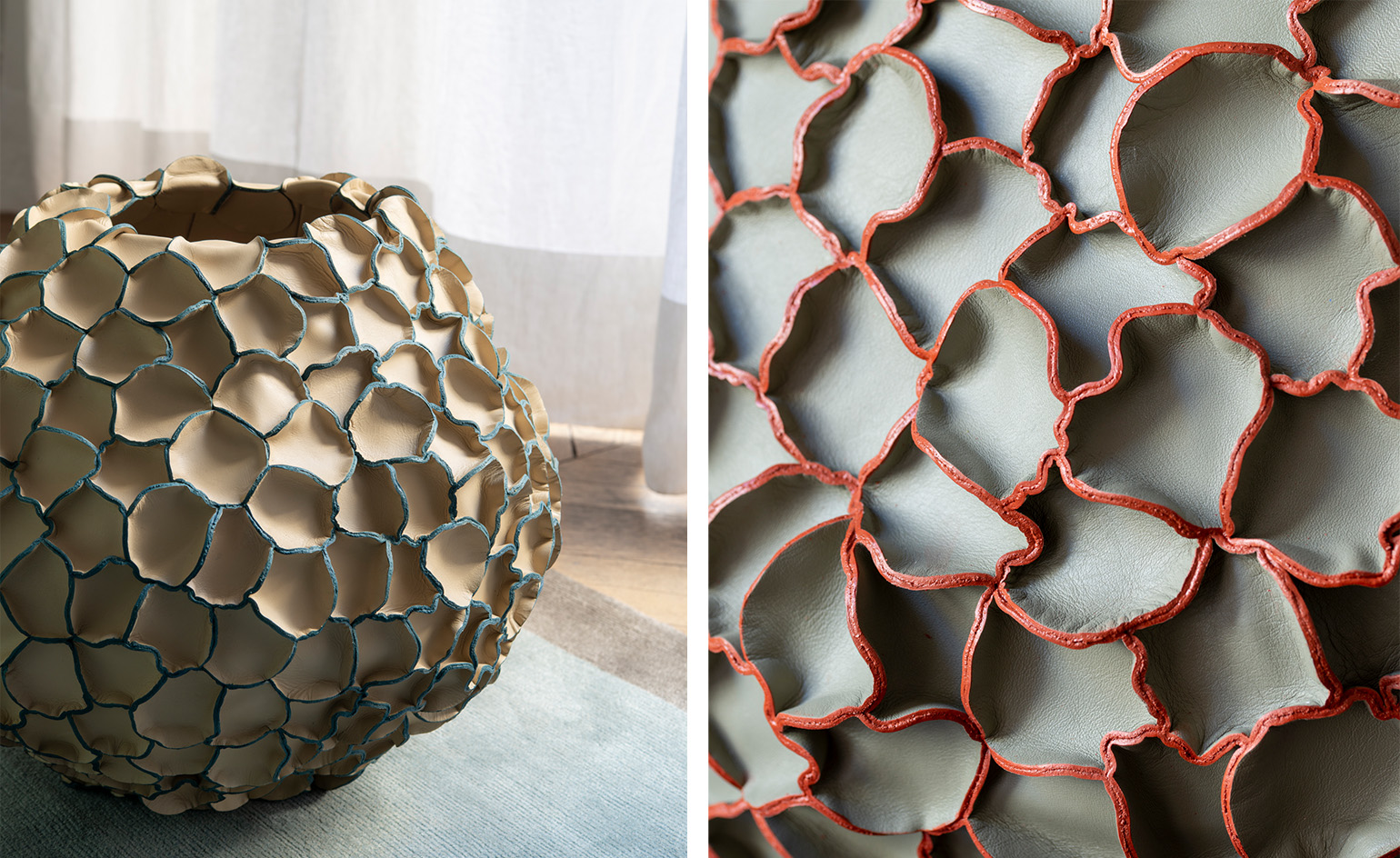 Liaigre ‘Upcrafted’ objects showcase potential of sustainable design
Liaigre ‘Upcrafted’ objects showcase potential of sustainable designStriding confidently towards more sustainable production, interior design company Liaigre has released ‘Upcrafted’, a series of limited-edition objects for the home, assembled attentively from the studio’s would-be waste
By Martha Elliott
-
 Regenerative design: meet the creatives taking a rooting interest in learning from nature
Regenerative design: meet the creatives taking a rooting interest in learning from natureRegenerative design: meet the creatives taking a rooting interest in learning from nature
By Malaika Byng
-
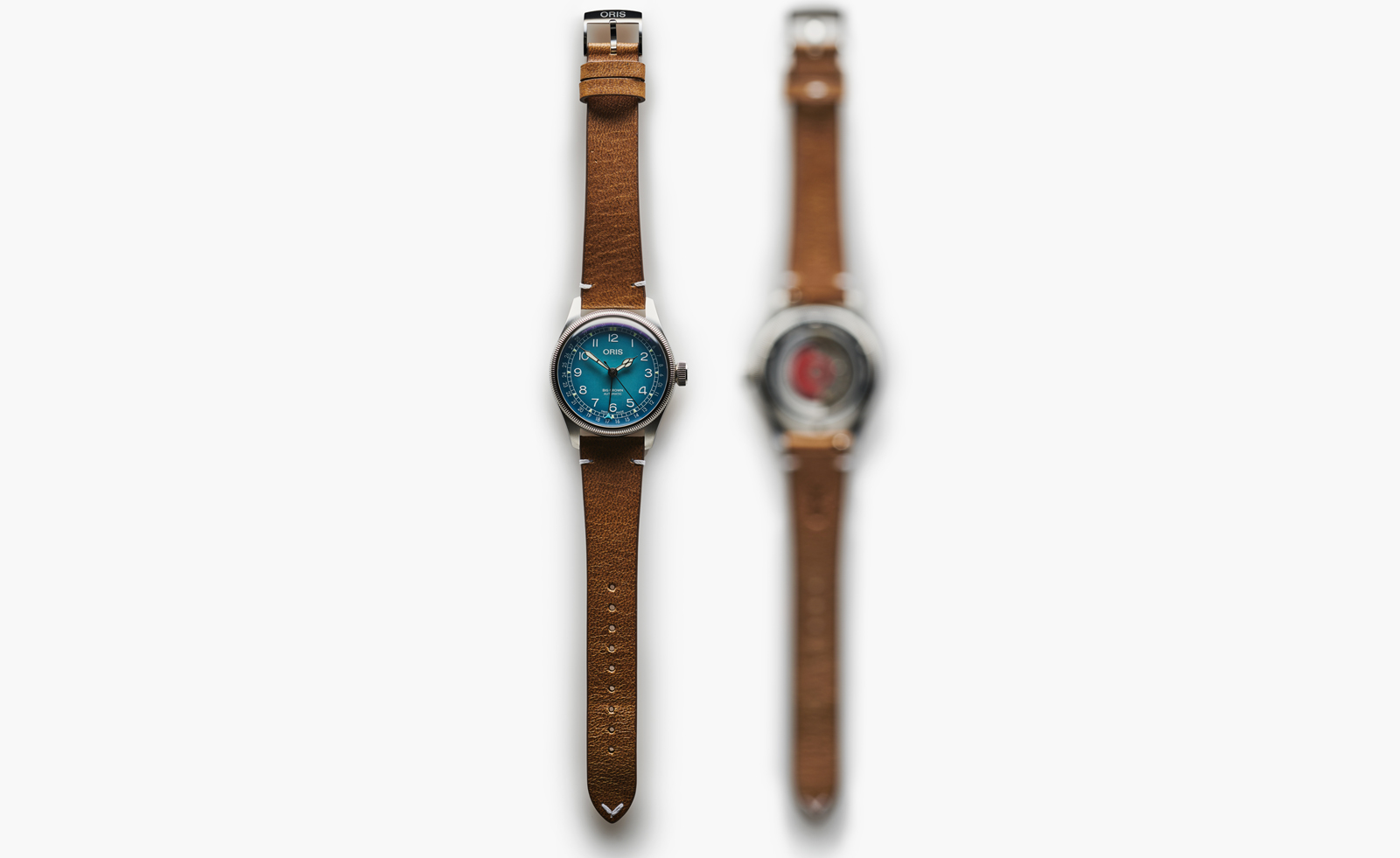 No time for waste: Oris’ collaboration with a leather manufacturer recycles deer skins
No time for waste: Oris’ collaboration with a leather manufacturer recycles deer skinsDeer skins make for sustainable watch straps in a partnership between Oris and Cervo Volante
By Hannah Silver